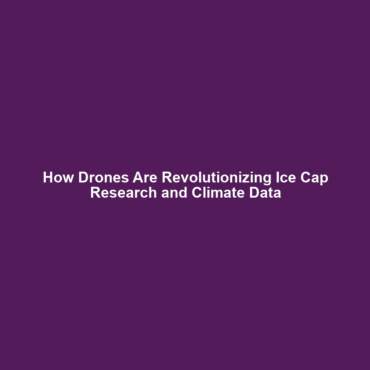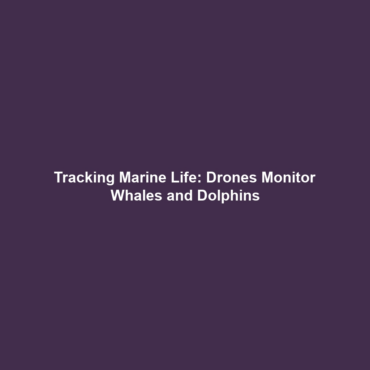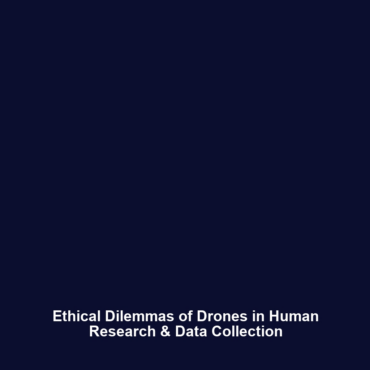Extinction of Neanderthals: A Deep Dive into the Factors Surrounding Their Demise
Category: Human Evolution
Topic: Extinction of Neanderthals: The reasons for Neanderthals’ extinction around 40,000 years ago are debated, with possible factors including competition, climate change, and disease.
Introduction
The extinction of Neanderthals, which occurred approximately 40,000 years ago, remains one of the most debated topics within the field of human evolution. Understanding the factors that led to their demise provides insight into not only the survival strategies of early humans but also the ecological and social dynamics of prehistoric life. The key theories surrounding their extinction include intense competition with anatomically modern humans, significant climate changes, and the spread of disease. These factors are pivotal in understanding the broader narrative of human evolution and the eventual dominance of Homo sapiens.
Key Concepts
Competition
One of the primary theories posits that competition for resources between Neanderthals and early modern humans was a significant factor in their extinction. As Homo sapiens migrated into Europe, their advanced tools and social structures may have outcompeted the Neanderthals for food and habitation.
Climate Change
During the period of Neanderthals’ existence, the Earth underwent significant climatic shifts. The onset of the Last Glacial Maximum led to habitat changes that could have affected Neanderthal populations, reducing their food sources and forcing them into isolated environments.
Disease
With the arrival of modern humans, new pathogens may have been introduced to which Neanderthals had no immunity. This theory suggests that disease could have played a critical role in their decline, accelerating their extinction as populations dwindled.
Applications and Real-World Uses
The study of Neanderthal extinction has profound implications for understanding human evolution and our approach to contemporary issues:
- How the study of Neanderthals informs modern genetics: By examining the DNA of Neanderthals, researchers uncover insights about human genetic diversity and disease resistance in current populations.
- Applications of paleoarchaeology: Techniques developed to study Neanderthal remains have broad applications in anthropology, archaeology, and historical ecology.
Current Challenges
Despite advances in our understanding, several challenges hinder the study of Neanderthal extinction:
- Incomplete fossil record: The scarcity of Neanderthal skeletons makes it difficult to draw conclusive evidence about their behaviors and health.
- Interpretation bias: Current biases in interpretation can skew our understanding of Neanderthal capabilities and societal structures.
- Technological limitations: The evolution of research methods is constantly evolving, which can complicate comparisons across different studies.
Future Research and Innovations
Future research into the extinction of Neanderthals promises innovations that could reshape our understanding of human evolution:
- Genetic engineering: Advances in genetic engineering could allow scientists to recreate Neanderthal-like traits in controlled settings, providing insights into their biology.
- AI and data analysis: The use of artificial intelligence in analyzing ancient data sets could lead to new discoveries about Neanderthal behavior and extinction causes.
Conclusion
The extinction of Neanderthals around 40,000 years ago serves as a crucial event in the narrative of human evolution. Understanding the interplay of competition, climate change, and disease not only sheds light on our ancient relatives but also informs our grasp of human resilience and adaptability. As research continues, the evolution of technology and methodologies promises to reveal further insights. For more information on related topics, consider exploring our articles on Human Evolution and Paleoanthropology.




